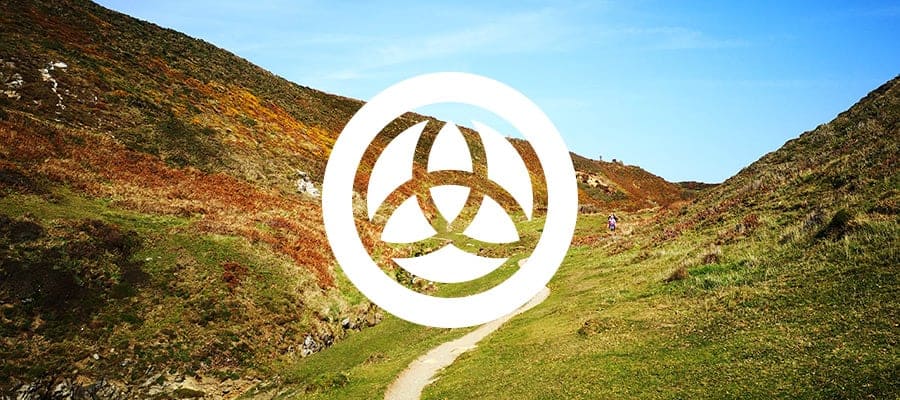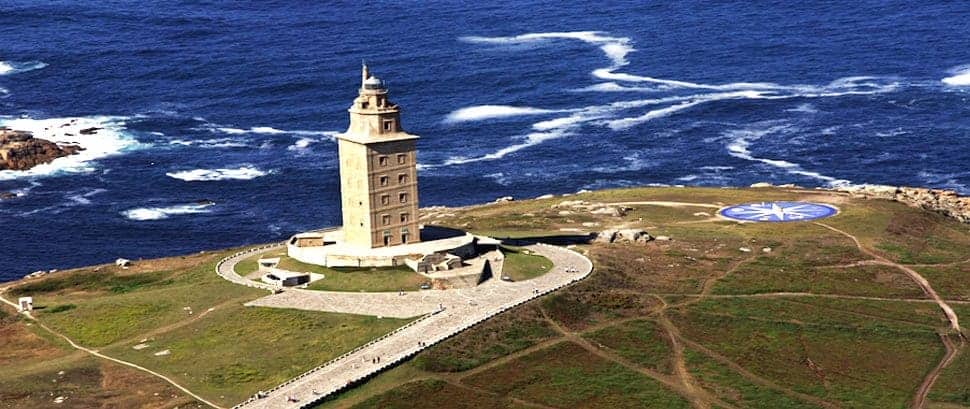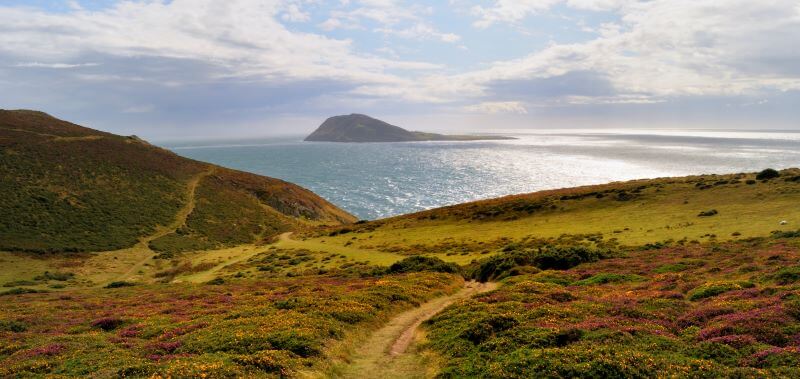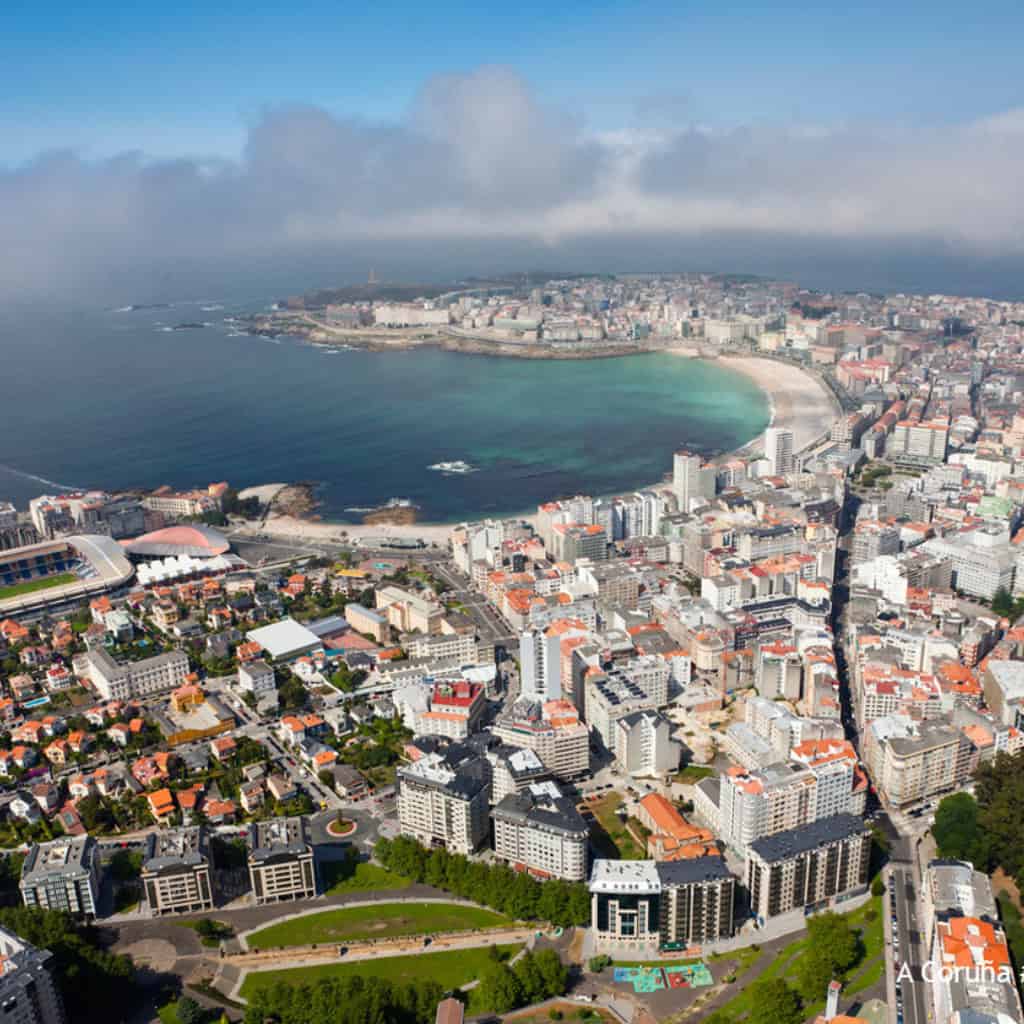Long before the Camino became a global phenomenon, pilgrims from Ireland and the British Isles were already making their way to Santiago de Compostela. But instead of crossing Spain on foot, many of them came by sea — navigating treacherous Atlantic waters to land in the northern ports of Galicia.
Their destination? The Camino Inglés — or the English Way — a route with deep historical roots and renewed relevance today. And now, a modern twist on this path is gaining popularity: the Celtic Camino, a unique way to split your pilgrimage between your home country and Galicia while still qualifying for the Compostela certificate.
Let’s break down the origins, routes, and practical steps for walking this fascinating Camino variation.
What Is the Celtic Camino?
The Celtic Camino is a two-part pilgrimage that reflects the journey of medieval pilgrims who traveled from the British Isles to Galicia by boat and then walked the remaining distance to Santiago.
Because today’s Camino rules require pilgrims to walk at least 100 km on foot to receive the Compostela (the certificate of completion issued in Santiago), some historical routes — such as the A Coruña route of the Camino Inglés, which is only 75 km long — don’t meet the distance requirement on their own.
To bridge that gap, a modern solution was created:
If you walk at least 25 km on a recognized pilgrimage route in Ireland or the UK before traveling to A Coruña, you can combine both sections to meet the required 100 km.
This approach honors the original seafaring pilgrimages while adapting them to today’s certification standards — and it’s now officially accepted by the Pilgrim’s Office in Santiago.
The Camino Inglés: Two Starting Points in Galicia
The Camino Inglés (English Way) is one of the traditional routes to Santiago de Compostela, specifically used by pilgrims from Ireland, England, Scotland, and other northern countries during the Middle Ages. These pilgrims typically arrived by boat at the Galician ports of A Coruña or Ferrol.
From Ferrol (114 km) – The Complete Route
-
This is the most popular version today because it covers over 100 km, allowing pilgrims to earn the Compostela on its own.
-
It takes around 7 days to complete.
-
The route passes through towns such as Neda, Pontedeume, Betanzos, and Bruma, offering a mix of coastal scenery, green countryside, and small historic villages.
-
It’s well-marked and supported, making it a solid option for first-time pilgrims or those who want a complete Camino experience in under a week.
From A Coruña (73 km) – The Historic Route
-
This is the shorter but older route.
-
A Coruña was a major port for English and Irish pilgrims in the Middle Ages. The Hospital de San Andrés, built in the 15th century to care for pilgrims, still stands as a testament to that history.
-
On its own, this route is too short to earn the Compostela, unless you combine it with 25 km walked and verified in your home country — which is where the Celtic Camino concept comes in.

Walking the First 25 km in Ireland or the UK
To qualify for the Compostela via the Celtic Camino, you must complete at least 25 km on foot in Ireland or the UK on a recognized route and collect stamps in a special credential or passport.
In Ireland, several pilgrimage routes are officially recognized, including:
-
Dublin to Clonmacnoise (via the Royal Canal Way)
-
The St. Kevin’s Way (from Hollywood to Glendalough)
-
Sections of the Lough Derg Pilgrim Path and others recognized by Pilgrim Paths Ireland
In the UK, recognized routes are still evolving, but pilgrim networks in Wales, Cornwall, and Northern England are actively developing paths with historical and religious significance.
Once you complete your local section, you travel to Galicia and continue your Camino from A Coruña, presenting both credentials (one from home, one from Spain) at the Pilgrim’s Office in Santiago.
Why Walk the Celtic Camino?
The Celtic Camino is ideal if you want to:
-
Honor historical tradition by retracing a medieval route used by Irish and British pilgrims
-
Split your pilgrimage between your home country and Spain, making it more accessible and flexible
-
Walk a shorter route in Spain without sacrificing the Compostela
-
Avoid the crowds of the more popular Camino Francés or Portugués
-
Experience a cultural and geographic connection between Ireland/the UK and Galicia
It also offers a practical solution for people who can’t take two or three full weeks off work. By walking 25 km locally and completing a short Camino in Spain, you get the full experience in a condensed format.

Logistics: What You Need to Know
-
Celtic Camino Passport: You must get your local pilgrimage route stamped in a special credential, often available through Pilgrim Paths Ireland or similar organizations in the UK.
-
Spanish Credential: You’ll also need the standard Camino Credential, available from local churches, associations, or accommodation providers in Galicia. If you book your Camino with us, you’ll receive it as part as your Holiday Pack.
-
Planning Support: If you’re unsure about where to walk locally or how to organize transfers, accommodations, and luggage transport in Galicia, companies like ours — Follow the Camino — can arrange it all for you.
-
Best Times to Walk: Spring (April–June) and early autumn (September–October) offer pleasant weather and fewer crowds. Galicia can be rainy, so pack accordingly.
A Camino Worth Rediscovering
The Camino Inglés and the Celtic Camino deserve more attention. They are shorter, quieter, and more connected to historical pilgrimage than most modern routes. Whether you start in Ferrol for the full Spanish experience or in A Coruña after walking your 25 km at home, this is a Camino that speaks to people looking for authenticity, depth, and efficiency.
It’s a path grounded in real history — one that reminds us that there’s more than one way to walk to Santiago.
And if you’re based in Ireland or the UK, or traveling to those countries, it just makes sense.
Thinking about planning your own Camino?
We’ll help you piece it together step by step — from your home country to the Cathedral in Santiago. Get in touch and we’ll take care of the details so you can focus on the walk.






